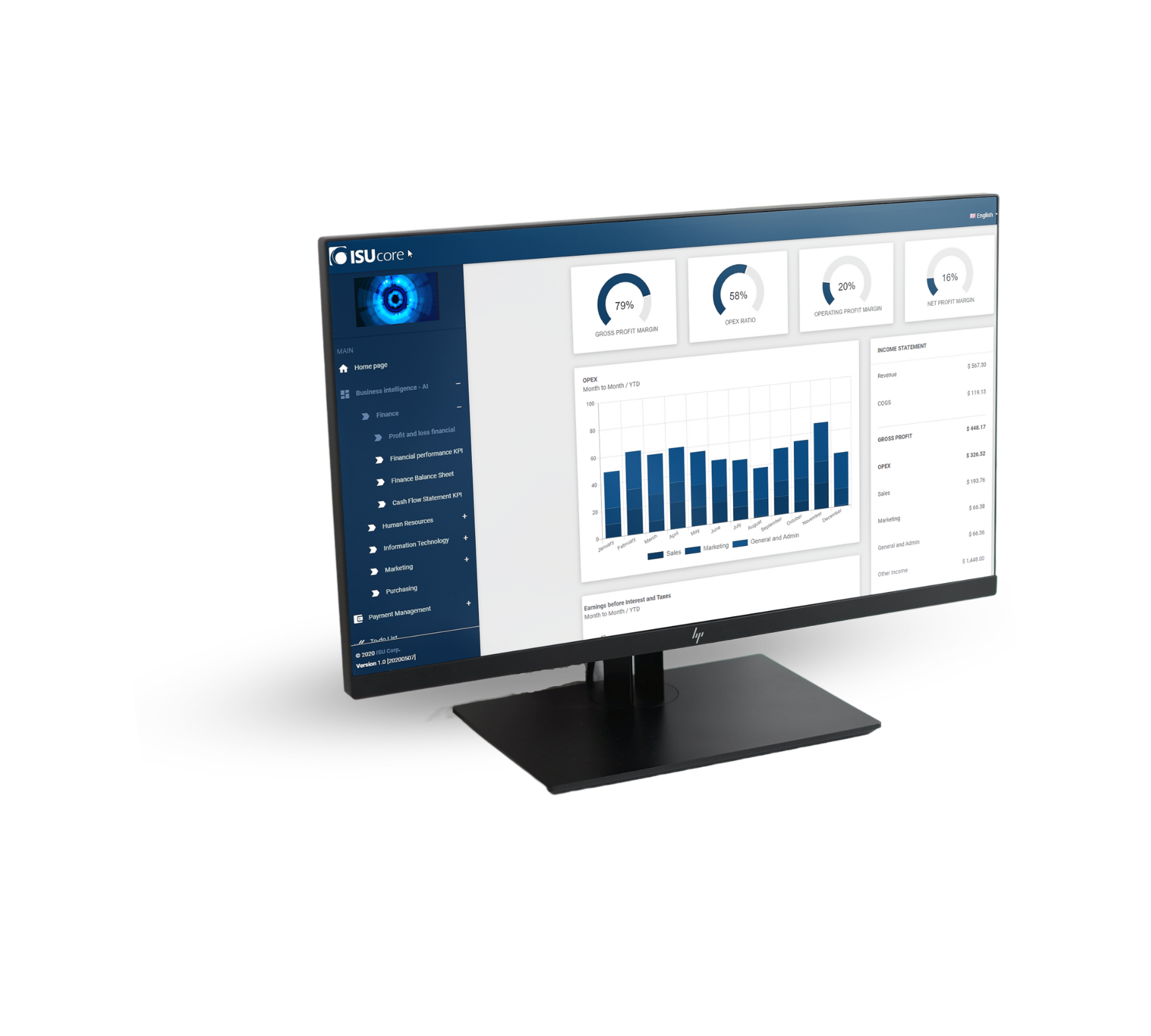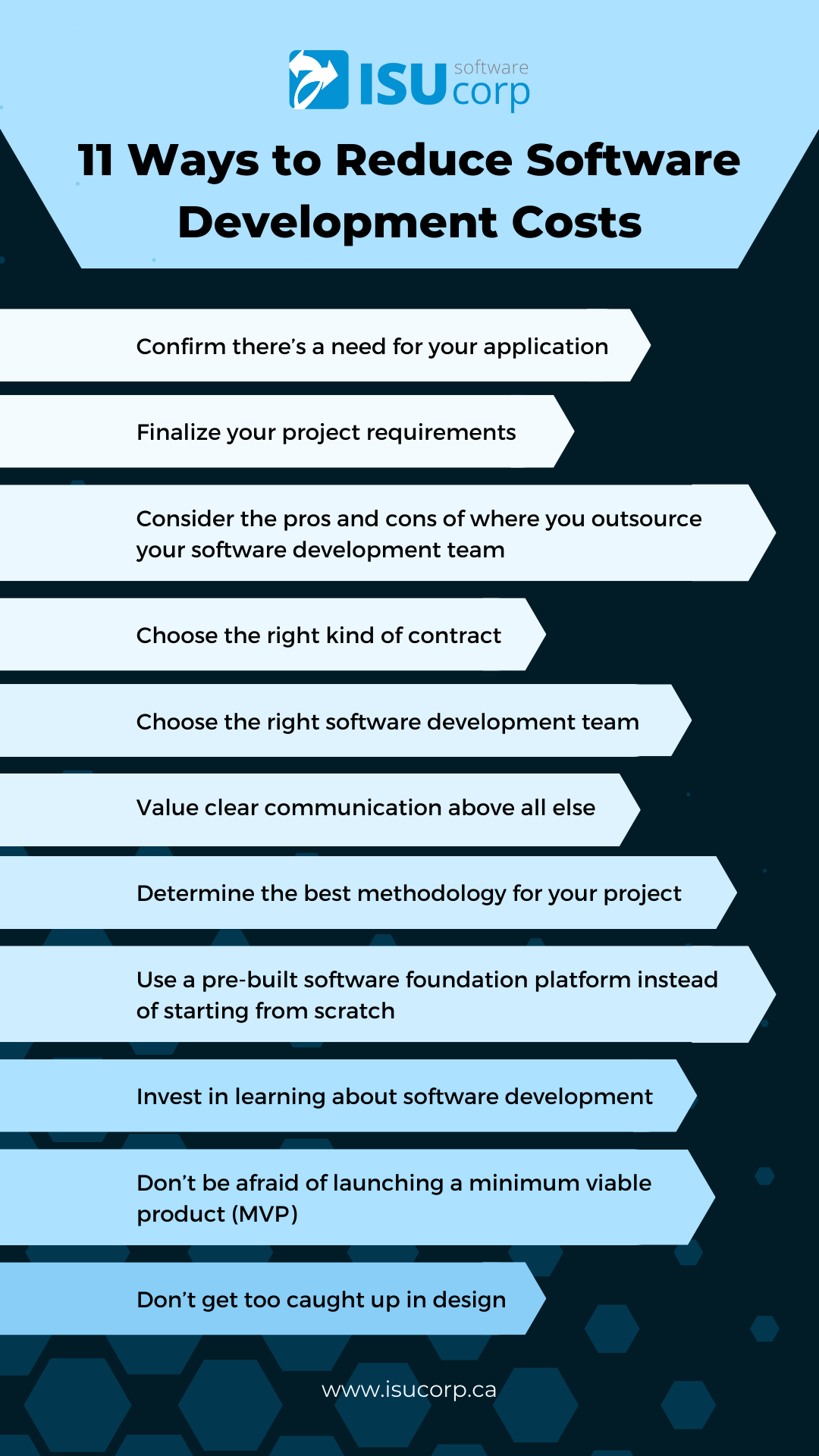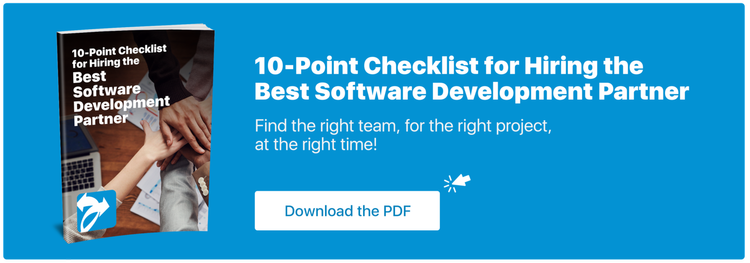2023 is going to be the year of opportunity for iOS developers. Development teams who work frequently with iOS will see plenty of new bells and whistles in its OS functionality. In turn, these advancements will unlock new potential for creativity among programmers. Tech trends such as 5G, AR (Augmented Reality), and VR (Virtual Reality), along with the updated features from Apple, are among the major contributors to growing this margin for potential.
Before we get into what this means for developers in 2023, let’s take a look at some of the changes revolutionizing the iOS landscape for developers:
5 of The Year's Most Exciting Technology Trends:
Artificial Intelligence and Machine Learning (AI and ML)
This technology is something we’ve commonly seen utilization of for identifying patterns/algorithms and predicting outcomes based on them. What’s unique about this technology is that it performs in this way without being directly programmed to do so.
Software that handles data whether it be storing, tracking, or predicting and personalizing has generated itself into a multi-billion dollar industry. For developers, this technology is great for quickly creating apps and improving their performance. Of course, this is in addition to its mass appeal to end-users who companies will be working hard to impress this year.
5G
In the world of mobile networks and connectivity, this is the latest and greatest technology for handling data in terms of performance and transferability. 5G (the 5th generation of mobile connectivity) is going to be the minimum standard for Apple and other companies' devices.
Users can expect to see applications download and operate much faster, a decrease in latency, and an increased ability for connectivity among devices. This is one of the fastest technologies we’ve ever seen and it will be used to enhance other technologies such as Augmented Reality (AR) and Virtual Reality (VR).
Beacons
Retail businesses and consumers are going to love these devices. A wireless Bluetooth transmitter that sends relevant information to smartphones nearby is one of the biggest innovations in retail marketing. Imagine walking into a store and automatically receiving offers for coupons that you can opt-in to collect. This is the premise of a Beacon.
M-Commerce (Mobile Commerce)
This technology has risen in response to the demand for mobile shopping through apps rather than a website. Users want the ease of shopping on the go especially when geographical limitations are a factor. Even though their experience is digital, they want an application meant for mobile devices and don’t want to have to go through a website that was mainly meant to be accessed through a computer.
This solution gives businesses extended access to their market. The widespread adoption of M-Commerce presents plenty of opportunities for businesses and application developers to dominate a highly lucrative new market.
IoT (Internet of Things)
IoT Technology is simply adding smart technology to everyday objects such as a smart fridge or home security. These devices then send data that is stored and tracked in an app so the user (in this case the homeowner) always has access to it.
Wearables
There are over a billion connected wearable devices which include everything from smartwatches, rings, or clothing that can be linked to an app. These apps are the most important component because they enhance the experience of wearing the devices. People love being able to track their activity.
Over 70% of Americans claimed they would wear a device that tracked their fitness if it reduced their health insurance. Of course, based on the trends we’re looking at here, we could see that being a real thing in the future.
The Tool Box For Developers
If a development team is going to reap the rewards of what’s trending in tech this year, they must be aware of the following new features:
Fresh APIs: Apple developers have access to new capabilities through UI/UX API. These include live text, widgets displayed on lock and home screens, focus filters, MapKit, live activities, WatchOS 9, and more.
Innovations to Xcode 14: The enhancements brought to Xcode 14 have been designed specifically for boosting productivity. All devices can access the application and it has its icon as well as improvements in editing and language.
Xcode Cloud: This is already embedded in Xcode and it is a cloud service that works through constant delivery and integration for Apple developers to work in the cloud. Specifically, they can construct applications in the cloud as well as test and deliver them in a far more efficient way.
WhetherKit: With this new feature, developers will be able to display weather forecasts in applications. WhetherKit can be accessed through REST APIs and native Swift. Additionally, an Apple Developer Program membership can get you access to API calls.
Advancements in gaming: Who doesn’t love new ways to make iOS gaming experiences better? The latest graphic framework for Apple is Meta 3 which enhances performance, loads resources faster through new APIs, and gives access to a dashboard where activities can be seen. Oh, and it should also be noted that Metal FX is included for input rendering.
What’s next for iOS Development in 2023?
As a developer or a software outsourcing business, there is a lot to look forward to in 2023. Opportunities are popping up left and right, especially for both desktop and native application development. Anyone looking to deliver the highest quality product needs to make a game plan for using iOS to capitalize on those opportunities.
Written By Ben Brown
—
ISU Corp is an award-winning software development company, with over 17 years of experience in multiple industries, providing cost-effective custom software development, technology management, and IT outsourcing.
Our unique owners’ mindset reduces development costs and fast-tracks timelines. We help craft the specifications of your project based on your company's needs, to produce the best ROI. Find out why startups, all the way to fortune 500 companies like General Electric, Heinz, and many others have trusted us with their projects. Contact us here.


















